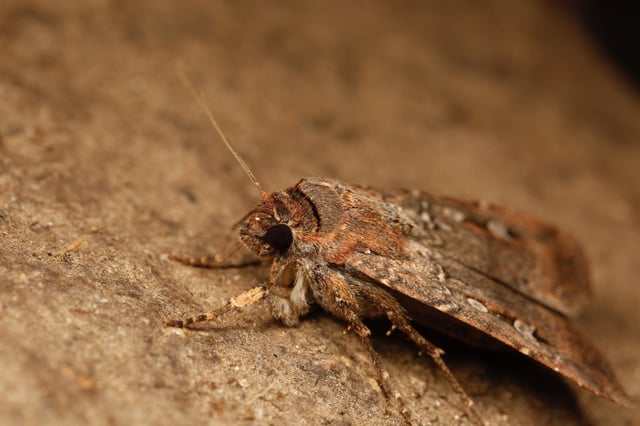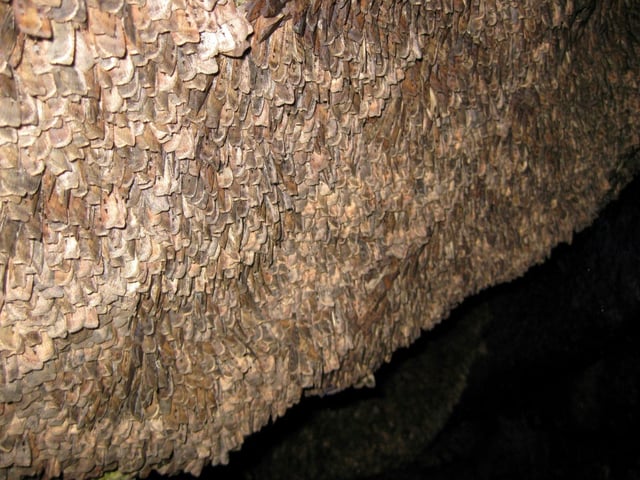Overview
- A Nature paper published June 18 confirmed that Bogong moths use only the projection of a natural star field to orient in inherited migratory directions in flight-simulator experiments
- Brain recordings in magnetically neutral conditions identified neurons that fire most strongly when specific celestial patterns, including the Milky Way and Carina Nebula, align with the moths’ southward heading
- Moths deprived of visible stars maintained correct orientation by switching to Earth’s magnetic field, confirming a robust dual-compass navigation system
- Each spring, billions of Bogong moths travel up to 1,000 kilometers from southeastern Australia to alpine caves they have never before visited
- Findings highlight the need to preserve dark skies to support declining moth populations and suggest new avenues for low-light autonomous navigation technologies



